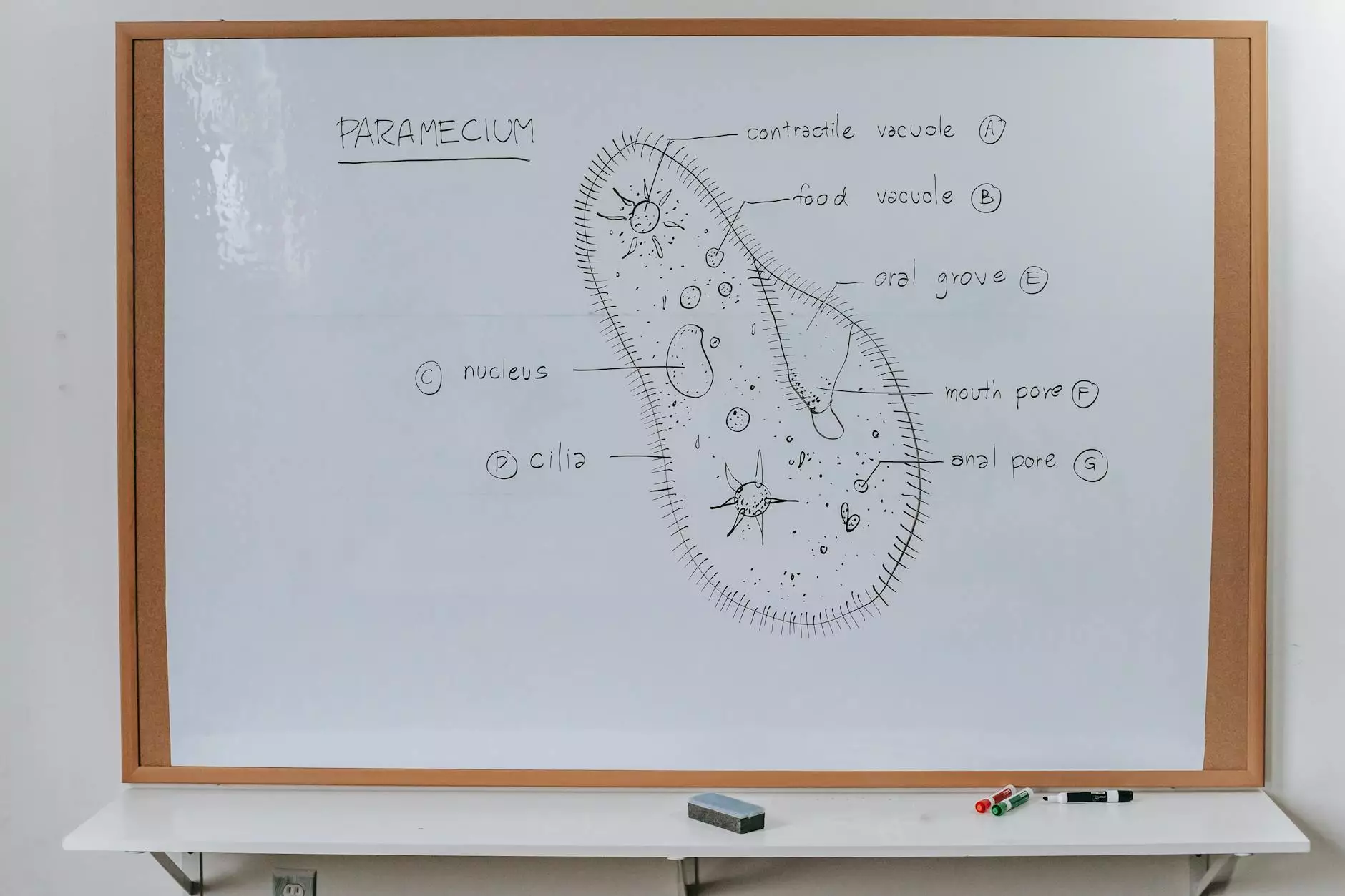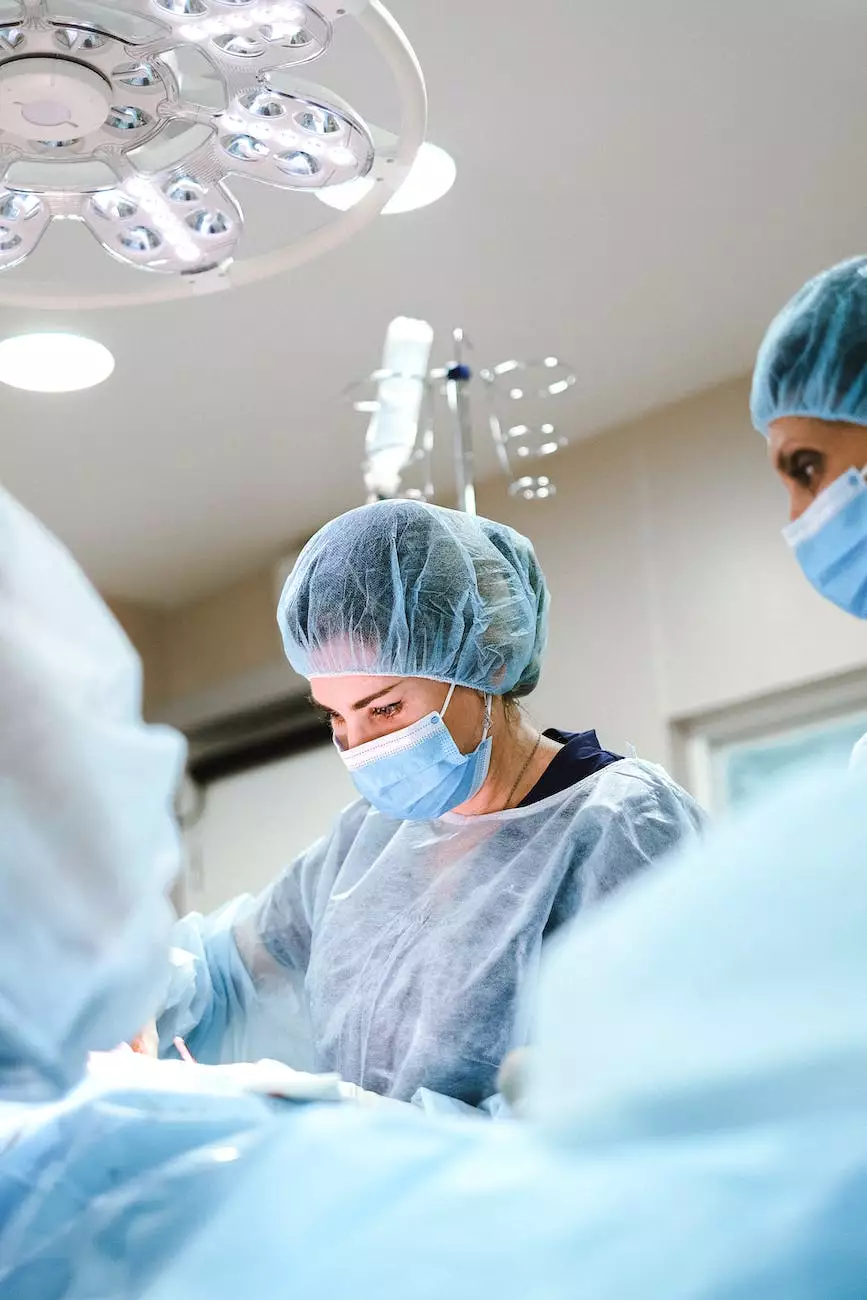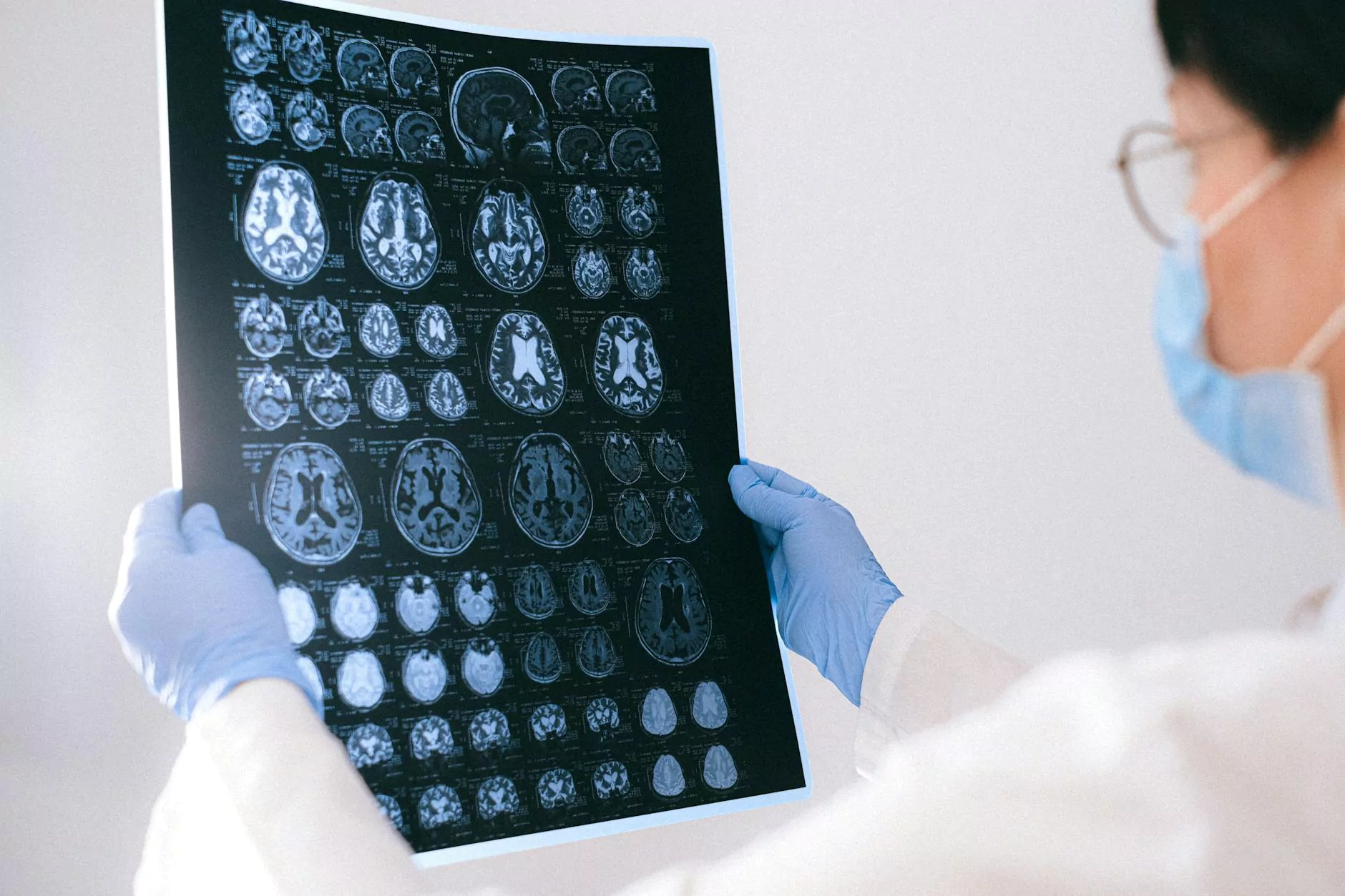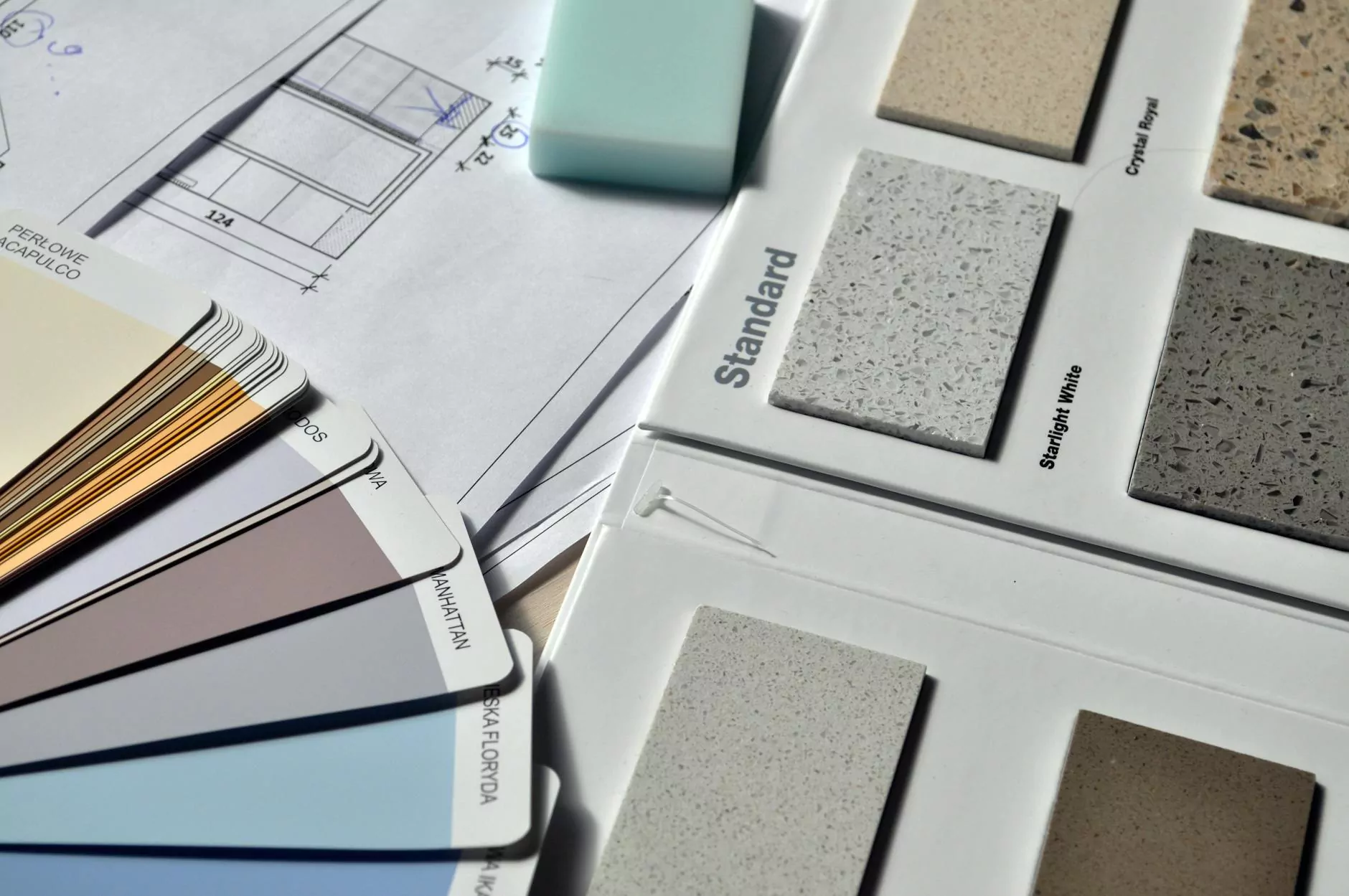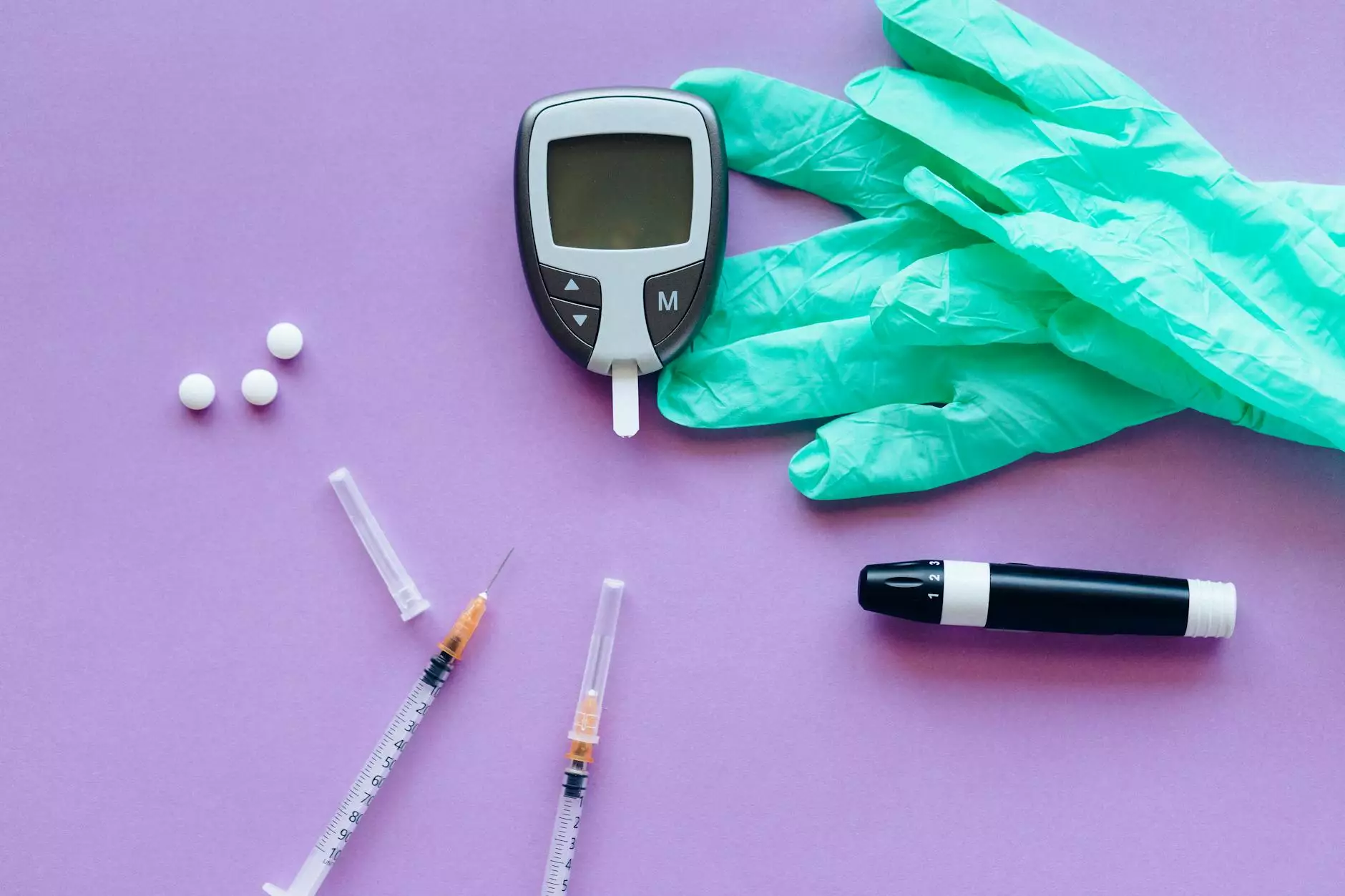Assistive Technology for People with Muscular Dystrophy

The Impact of Muscular Dystrophy
Muscular dystrophy is a genetic disorder characterized by progressive muscle weakness and degeneration. The impact of this condition on individuals and their families cannot be understated. Everyday tasks that most of us take for granted become incredibly challenging for those with muscular dystrophy. However, thanks to advancements in assistive technology, there is hope for improving the quality of life for individuals living with this condition.
The Importance of Assistive Technology
Assistive technology refers to devices, software, or equipment that helps individuals with disabilities overcome daily challenges and enhance their independence. For people with muscular dystrophy, assistive technology plays a vital role in improving mobility, communication, and overall functional abilities.
Enhanced Mobility Solutions
One of the key areas in which assistive technology has made remarkable progress is mobility solutions. Wheelchairs, motorized scooters, and exoskeletons are all examples of assistive devices that enable individuals with muscular dystrophy to move around with greater ease. These devices not only offer enhanced mobility but also provide individuals with a sense of freedom and autonomy.
Augmentative and Alternative Communication
Communication is an essential aspect of our daily lives, and individuals with muscular dystrophy may face challenges in verbal communication. Assistive technology has made significant advancements in augmentative and alternative communication devices, allowing individuals to express themselves effectively. Devices such as eye-tracking systems and speech-generating software have revolutionized communication for those with muscular dystrophy.
Adaptive Tools for Daily Living
Assistive technology also encompasses a wide range of adaptive tools designed to assist individuals with muscular dystrophy in performing everyday tasks. From adaptive utensils and dressing aids to modified keyboards and voice-activated smart home devices, these tools empower individuals and promote independence. They enable individuals to participate more actively in daily activities and maintain a sense of control over their lives.
Introducing the Latest Study on Assistive Technology
Dr. Foley James D, a renowned expert in the field of muscular dystrophy, has recently conducted an in-depth study on assistive technology to further advance the understanding of its impact on individuals with muscular dystrophy. This groundbreaking research explores innovative solutions that aim to improve the overall well-being and quality of life for people living with this condition.
The Goals of the Study
Dr. Foley's study aims to identify the specific needs of individuals with muscular dystrophy and to evaluate the effectiveness of current assistive technology solutions. By examining the latest advancements and gathering valuable insights from both patients and healthcare professionals, the study aims to pave the way for the development of even more impactful assistive technology options.
Key Findings and Recommendations
The study's findings are expected to shed light on the ways in which assistive technology can be further optimized to meet the unique challenges faced by individuals with muscular dystrophy. Dr. Foley's research will provide essential information for healthcare providers, policymakers, and technology developers to enhance existing solutions and develop new assistive technologies tailored specifically for this patient population.
Empowering Life with Muscular Dystrophy
Assistive technology has the power to transform the lives of individuals with muscular dystrophy. By increasing access to innovative tools and devices, we can empower those with this condition to live more fulfilling lives and achieve their goals. Dr. Foley James D and his team at Foley James D MD are dedicated to driving advancements in assistive technology, ensuring that individuals with muscular dystrophy have the support they need to thrive.
Conclusion
Assistive technology has brought tremendous hope and potential for individuals living with muscular dystrophy. Through mobility solutions, augmentative communication devices, and adaptive tools for daily living, we can bridge the gap and foster inclusivity for those facing challenges due to this condition. Dr. Foley James D's study on assistive technology represents a significant step forward in understanding and improving the lives of individuals with muscular dystrophy. Together, let's work towards creating a more inclusive and accessible world for everyone.

